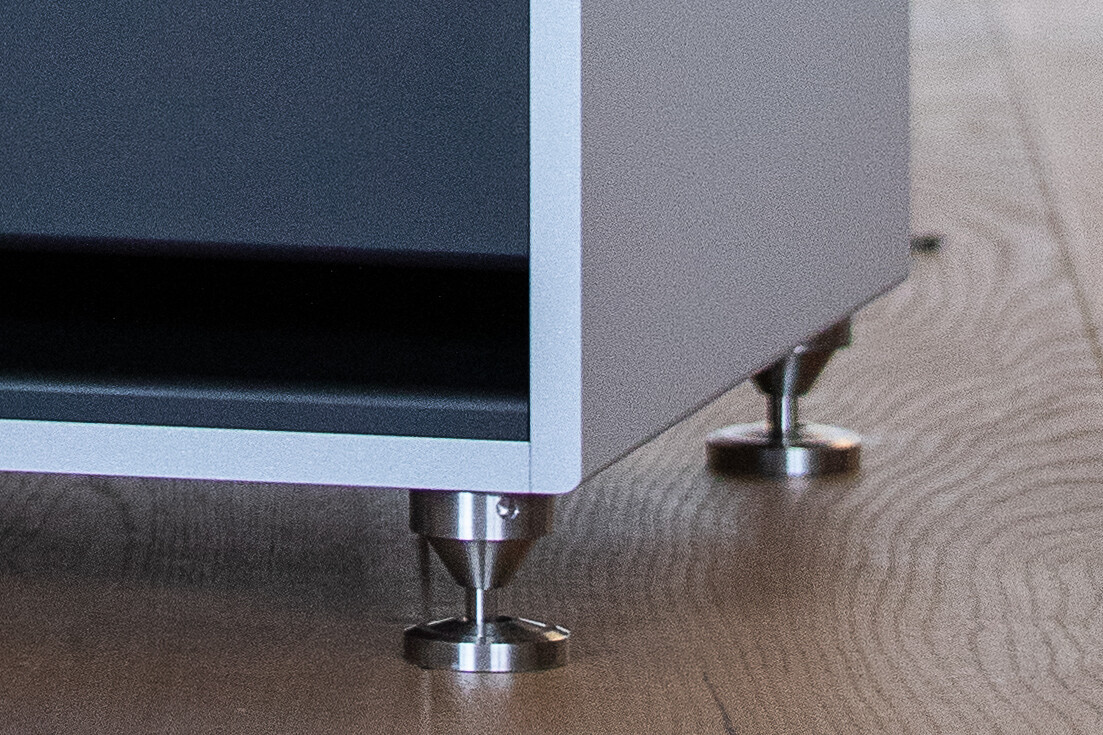Or, to put it another way, the methodology that you’ve adopted (change just one thing) delivers an answer, but it’s the answer to an irrelevant question. It tells you what happens when you put this amp in this situation (this system, this room, this set up). What you actually want to know is how good can this amp could sound in this system and this room. And guess what? That means changing the set up…
When it comes to audio – and especially when it comes to the assessment of audio components – methodology is everything. As with any experimental process, what exactly you do and how you do it defines the validity of the conclusions you reach. It’s a rule that stretches way beyond auditioning equipment, right into the very basis of system set-up and performance. So where this issue actually starts is with the set up of your original system. A key part of that process will be positioning the speakers and whilst there are many different approaches to this problem, the problem itself is always the same: you have to balance the low-end output of the speaker against the low-frequency behaviour of the room.
If you are serious about your system (and if you are reading this then you should be) that exercise will involve millimetric adjustment of both the speaker’s position in space and its attitude. It will involve precise measurement using the best tools available and those tools will allow you to set the speakers’ distance from the walls and each other, their height (both in space and off of the floor – not necessarily the same thing) and their angular attitude. In short, your set up should address and define the speaker’s location in all six axes.

But there is a third part to this equation: the relationship between the driving amplifier and the speaker. This is unbelievably complex, involving the gain of the amplifier, its drive capability, its damping-factor and sonic character, interacting with the speaker’s impedance characteristic, sensitivity, low-frequency extension and voicing. So the quality, quantity and character of the speaker’s actual low-end output is directly related to the driving amplifier. But the positioning of the speaker depends on how its low-frequency output interacts with the room. The great skill in set up is to use precise positioning to achieve the optimum balance of musical virtues. The first time you witness the degree to which you can extend system performance simply by working on speaker position it is genuinely astonishing.
Now consider the implications of this for the ‘change just one thing’ approach to audio assessment. You have an existing system whose performance has been optimized around its specific mix of components (sources, amps and speakers). The location of the speakers has been carefully balanced against the room’s low-frequency behaviour, that process necessarily incorporating the complex electrical relationship between the amplifier and the speaker.
What happens when you substitute a different amplifier? You will almost certainly alter the gain, load tolerance, damping factor and sonic character of the amplifier that is driving the speaker. You will in turn alter the spectral balance of the speaker’s output and it will sound different. The question is what have you just learnt?
The learning curve…
You’ve learnt how that amplifier sounds in a system that’s been set up for a completely different amplifier. What you haven’t learnt is how good that amplifier (and therefore, the system) could sound – because you haven’t adjusted the speaker position to accommodate the change in spectral balance.

